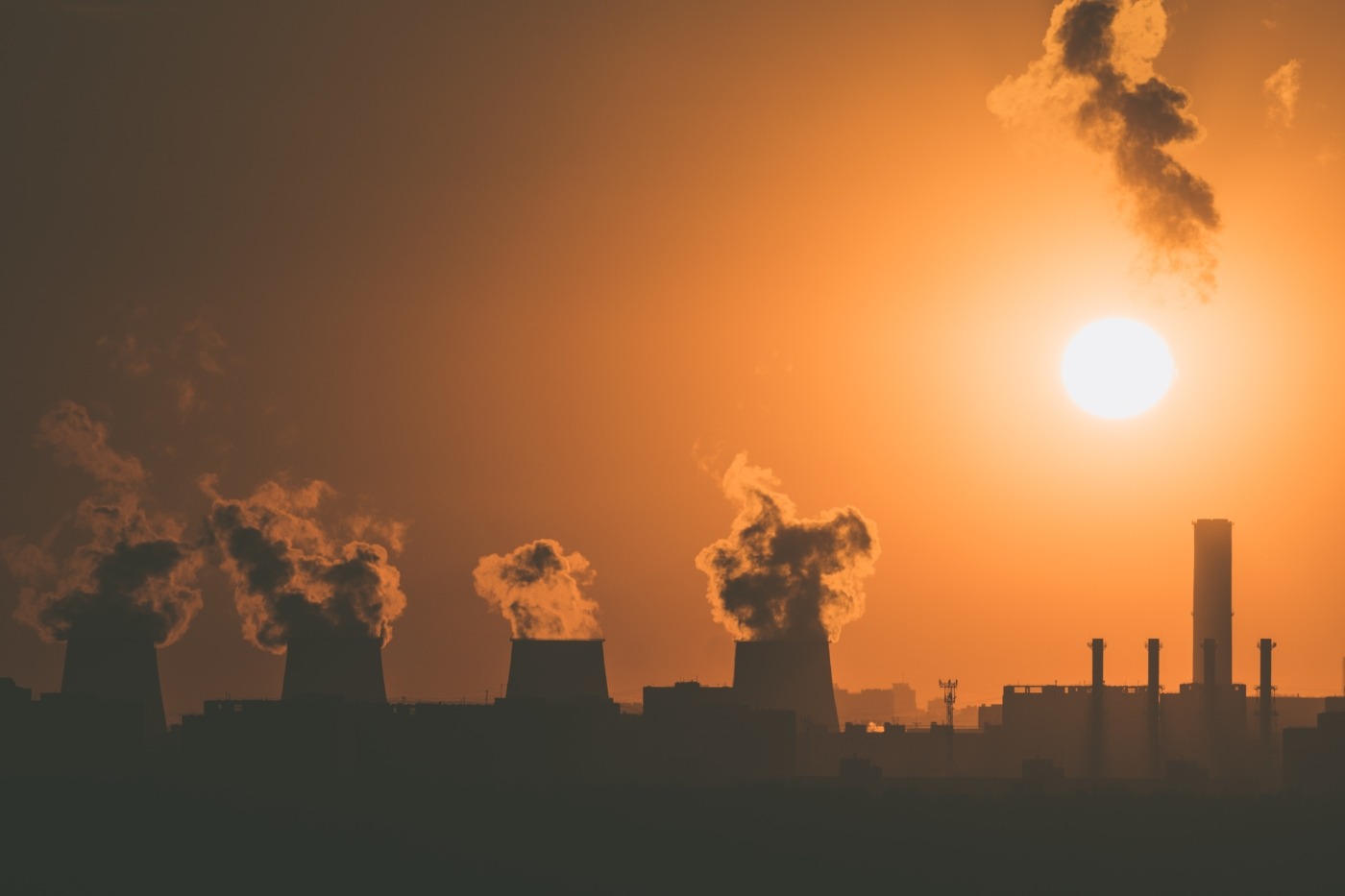Ozone-Depleting CFCs Traced to China
In a new report published by a team of scientists at the University of Bristol, in conjunction with institutions in South Korea and Japan, a spike in CFC-11 emissions were found to be localised around South East Asia, specifically near the Northeastern provinces of Shandong and Hebei, putting China in the spotlight of yet another example of environmental negligence.
To really appreciate the severity of these results as well as the frustration we’ve since seen from the scientific community at a large, it’s important to understand the detrimental effects CFCs, or Chlorofluorocarbons, have on different aspects of our environment.
A spike in CFC-11 emissions were found to be localised around South East Asia, specifically near the Northeastern provinces of Shandong and Hebei, putting China in the spotlight of yet another example of environmental negligence
CFCs can really be thought of as an umbrella term for different combinations of carbon, hydrogen, chlorine and fluorine, with CFC-11 (or trichlorofluoromethane, CCl3F) being the second most abundant form of CFCs. In a nutshell, one of the biggest advantages to CFCs – their lack of reactivity, which makes them great as components in fire extinguishers and hairsprays – is also the biggest threat against our ozone layer. Their low reactivity allows them to rise into the stratosphere, and once exposed to the higher energy radiation from the sun, begin to break down and form chlorine radicals which act as the catalyst to turn ozone into oxygen. Ozone forms the protective shield around our planet, keeping us safe from the high energy UV rays that can and will penetrate through the atmosphere if left unimpeded, causing increased instances of skin cancer and cataracts, with further degradation leading to severe harm to plants and animals. CFCs act as a super greenhouse gas, in the sense that, if carbon dioxide is Ronan the Accuser, then CFC is Thanos.
In short, no ozone means skin cancer, impacts to our general health and quite likely our food sources.
CFCs act like a super greenhouse gas, in the sense that, if carbon dioxide is Ronan the Accuser, then CFC is Thanos
After they were banned in the Montreal Protocol in 1987, the concentration of CFC-11 in our atmosphere was shown to be declining substantially since the 1990s. In 2012, however, it was found that the rate of decline was beginning to slow. This shouldn’t come as a surprise considering the well-documented cases of CFC smuggling reported by the United Nations back in 2006, pointing the finger at developing countries. They noted that the dependency of developing countries on CFCs was made worse by cheap imports of used CFC-containing products (like fridges and air conditioners) and the cheap prices they were being sold for on the black market.
It should however be noted that whilst the findings from the team cannot pinpoint the exact location of the CFC production in China (and that there is a chance, whilst small, that it could be originating from India, Africa, or South America where air monitoring is scarcer), further investigative work in China lead by the Environmental Investigation Agency in 2018 seemed to implicate China as the source. They found that the illegal chemical was used in the majority of the polyurethane insulation produced by firms they contacted.
The dependency of developing countries on CFCs were made worse by cheap imports of used CFC-containing products (like fridges and air conditioners) and the cheap prices they were being sold for on the black market
This is a good example of the separation between the central government in Beijing and China’s local governments, an issue they have been familiar with for centuries. The central government’s struggle with ensuring compliance within the regional governments has been a long-standing complication in China’s history since the first Chinese Emperor. Embedded in the dogma of China’s political frame is a distrust with local authorities, resulting in undisciplined local administrations. It’s easy to see how, despite environmental policies coming out of Beijing, issues like rising CFC emissions/production can slip under the radar.
The road to rectifying this problem is therefore complicated, messy and would require a serious look within China’s political landscape. It would be very easy to look at China and shrug her off as a country fueled solely by economic growth and an apparent lack of foresight into the damage caused by industry and the like. However, it should be recognised that within recent years, the Chinese government have not only recognised the damage being caused within the country but also listened to expert advice and have made efforts to improve their climate. In fact, China pollutes less per person than Western countries did at the same stage of development. In 2017, we saw a crackdown on 40% of China’s factories in a bid to improve air quality, and we’re generally seeing a big push from central government to strengthen local environmental inspections and enforcement. With regards to CFC production, the Chinese have reportedly already begun clamping down, seeing to the arrests of several “rogue manufacturers” last November.

Comments